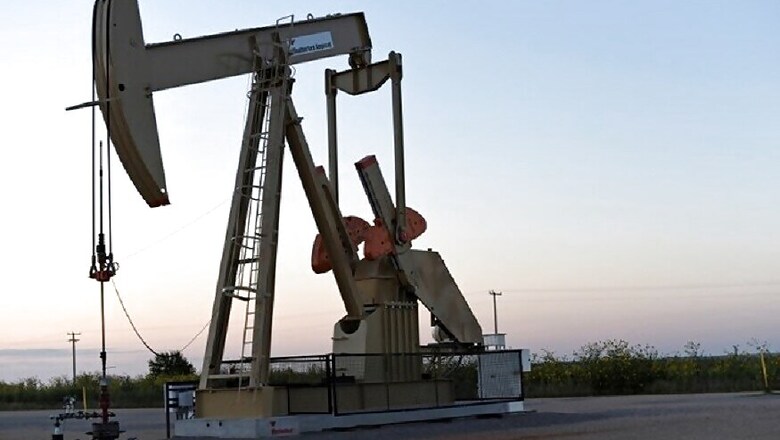
views
Singapore: Oil prices on Friday held multi-year highs reached the previous session as looming U.S. sanctions against major oil producer and OPEC-member Iran threatened to tip an already tight market into undersupply.
The United States plans to re-introduce sanctions against Iran, which produces around 4 percent of global oil supplies, after abandoning an agreement reached in late 2015 that limited Tehran's nuclear ambitions in exchange for removing U.S.-Europe sanctions.
The sanctions come amid an oil market that has been tightening due to strong demand, especially in Asia, and as top exporter Saudi Arabia and top producer Russia have led efforts since 2017 to withhold oil supplies to prop up prices.
Brent crude futures
U.S. West Texas Intermediate (WTI) crude futures were at $71.42 a barrel, also not far off Thursday's November 2014 high of $71.89 per barrel.
Many analysts expect oil prices to rise to $80-$100 per barrel later this year, once U.S. sanctions start to bite and Iran's exports start sinking.
There are, however, signs that other suppliers from within the Organization of the Petroleum Exporting Countries (OPEC) will step up output in order to counter the Iran disruption.
"The market is now focused on OPEC and other producers' ability to react to this potential supply disruption," ANZ bank said on Friday.
"Investors are increasingly viewing Kuwait and Iraq as the producers with the best ability to raise output quickly in response to any fall in Iranian exports," it added.
Outside OPEC, soaring U.S. crude oil production
That's up 27 percent since mid-2016 and means U.S. output is creeping ever closer to that of top producer Russia, which pumps around 11 million bpd.















Comments
0 comment